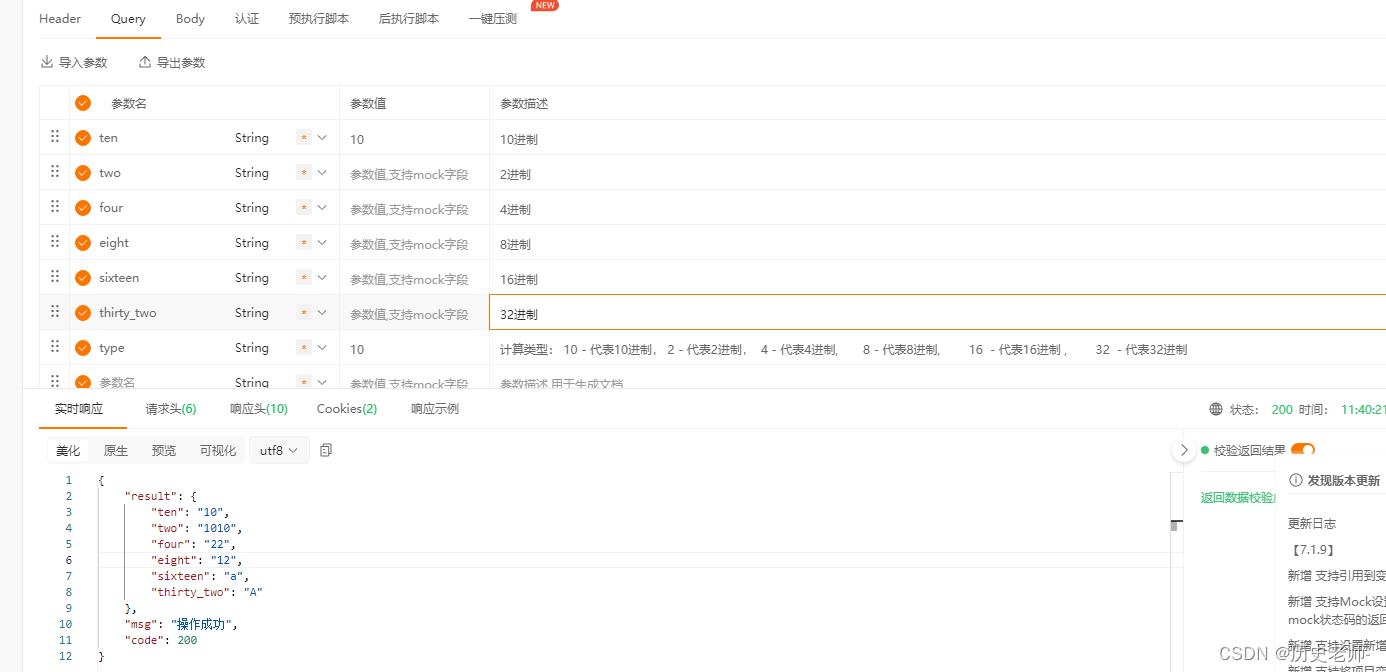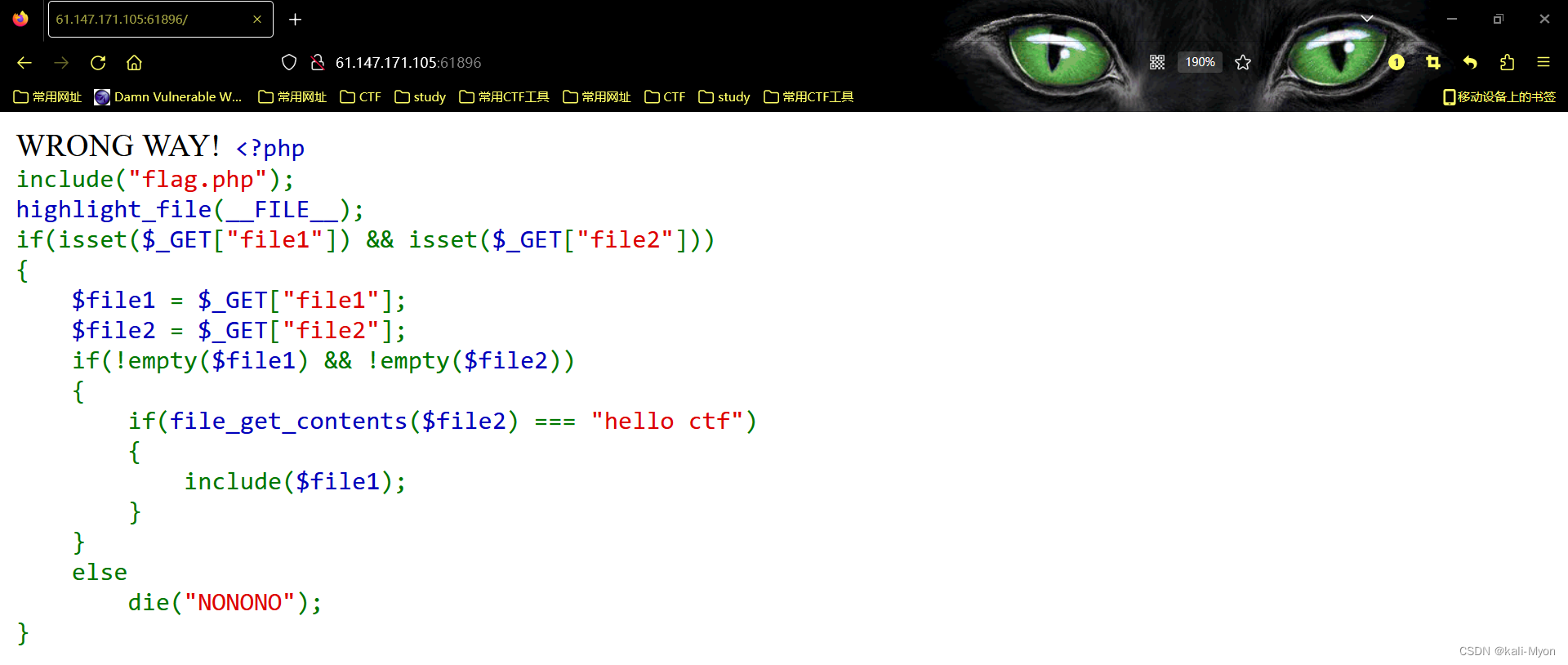1.字符串反转
使用Python切片反转字符串:
# Reversing a string using slicing my_string = "ABCDE" reversed_string = my_string[::-1] print(reversed_string) # Output # EDCBA
登录后复制
2.每个单词的第一个字母大写
使用title函数方法:
my_string = "my name is chaitanya baweja" # using the title() function of string class new_string = my_string.title() print(new_string) # Output # My Name Is Chaitanya Baweja
登录后复制
3. 字符串查找唯一元素
使用集合的概念查找字符串的唯一元素:
my_string = "aavvccccddddeee" # converting the string to a set temp_set = set(my_string) # stitching set into a string using join new_string = ''.join(temp_set) print(new_string) # output # cdvae
登录后复制
4.重复打印字符串和列表n次
你可以使用乘法符号(*)打印字符串或列表多次:
n = 3 # number of repetitions my_string = "abcd" my_list = [1,2,3] print(my_string*n) # abcdabcdabcd print(my_list*n) # [1,2,3,1,2,3,1,2,3]
登录后复制
5.列表生成
# Multiplying each element in a list by 2 original_list = [1,2,3,4] new_list = [2*x for x in original_list] print(new_list) # [2,4,6,8]
登录后复制
6.变量交换
a = 1 b = 2 a, b = b, a print(a) # 2 print(b) # 1
登录后复制
7.字符串拆分为子字符串列表
使用.split()函数:
string_1 = "My name is Chaitanya Baweja"
string_2 = "sample/ string 2"
# default separator ' '
print(string_1.split())
# ['My', 'name', 'is', 'Chaitanya', 'Baweja']
# defining separator as '/'
print(string_2.split('/'))
# ['sample', ' string 2']登录后复制
8.多个字符串组合为一个字符串
list_of_strings = ['My', 'name', 'is', 'Chaitanya', 'Baweja']
# Using join with the comma separator
print(','.join(list_of_strings))
# Output
# My,name,is,Chaitanya,Baweja登录后复制
9.检测字符串是否为回文
my_string = "abcba"
if my_string == my_string[::-1]:
print("palindrome")
else:
print("not palindrome")
# Output
# palindrome登录后复制
10. 统计列表中元素的次数
# finding frequency of each element in a list
from collections import Counter
my_list = ['a','a','b','b','b','c','d','d','d','d','d']
count = Counter(my_list) # defining a counter object
print(count) # Of all elements
# Counter({'d': 5, 'b': 3, 'a': 2, 'c': 1})
print(count['b']) # of individual element
# 3
print(count.most_common(1)) # most frequent element
# [('d', 5)]登录后复制
11.判断两个字符串是否为Anagrams
Anagrams的含义为两个单词中,每个英文单词(不含大小写)出现的次数相同,使用Counter类判断两个字符串是否为Anagrams。
from collections import Counter
str_1, str_2, str_3 = "acbde", "abced", "abcda"
cnt_1, cnt_2, cnt_3 = Counter(str_1), Counter(str_2), Counter(str_3)
if cnt_1 == cnt_2:
print('1 and 2 anagram')
if cnt_1 == cnt_3:
print('1 and 3 anagram')
# output
# 1 and 2 anagram登录后复制
12. 使用try-except-else-block模块
except获取异常处理:
a, b = 1,0
try:
print(a/b)
# exception raised when b is 0
except ZeroDivisionError:
print("division by zero")
else:
print("no exceptions raised")
finally:
print("Run this always")
# output
# division by zero
# Run this always登录后复制
13. 使用枚举函数得到key/value对
my_list = ['a', 'b', 'c', 'd', 'e']
for index, value in enumerate(my_list):
print('{0}: {1}'.format(index, value))
# 0: a
# 1: b
# 2: c
# 3: d
# 4: e登录后复制
14.检查对象的内存使用情况
15.合并字典
dict_1 = {'apple': 9, 'banana': 6}
dict_2 = {'banana': 4, 'orange': 8}
combined_dict = {**dict_1, **dict_2}
print(combined_dict)
# Output
# {'apple': 9, 'banana': 4, 'orange': 8}登录后复制
16.计算执行一段代码所花费的时间
使用time类计算运行一段代码所花费的时间:
import time
start_time = time.time()
# Code to check follows
for i in range(10**5):
a, b = 1,2
c = a+ b
# Code to check ends
end_time = time.time()
time_taken_in_micro = (end_time- start_time)*(10**6)
print(time_taken_in_micro)
# output
# 18770.217895507812登录后复制
17. 列表展开
from iteration_utilities import deepflatten # if you only have one depth nested_list, use this def flatten(l): return [item for sublist in l for item in sublist] l = [[1,2,3],[3]] print(flatten(l)) # [1, 2, 3, 3] # if you don't know how deep the list is nested l = [[1,2,3],[4,[5],[6,7]],[8,[9,[10]]]] print(list(deepflatten(l, depth=3))) # [1, 2, 3, 4, 5, 6, 7, 8, 9, 10]
登录后复制
18. 列表采样
import random my_list = ['a', 'b', 'c', 'd', 'e'] num_samples = 2 samples = random.sample(my_list,num_samples) print(samples) # [ 'a', 'e'] this will have any 2 random values
登录后复制
19.数字化
将整数转化成数字列表:
num = 123456 # using map list_of_digits = list(map(int, str(num))) print(list_of_digits) # [1, 2, 3, 4, 5, 6] # using list comprehension list_of_digits = [int(x) for x in str(num)] print(list_of_digits) # [1, 2, 3, 4, 5, 6]
登录后复制
20.检查列表元素的唯一性
检查列表中每个元素是否为唯一的:
def unique(l):
if len(l)==len(set(l)):
print("All elements are unique")
else:
print("List has duplicates")
unique([1,2,3,4])
# All elements are unique
unique([1,1,2,3])
# List has duplicates登录后复制
以上就是Python编程中常用的技巧有哪些?的详细内容,转载自php中文网






发表评论 取消回复